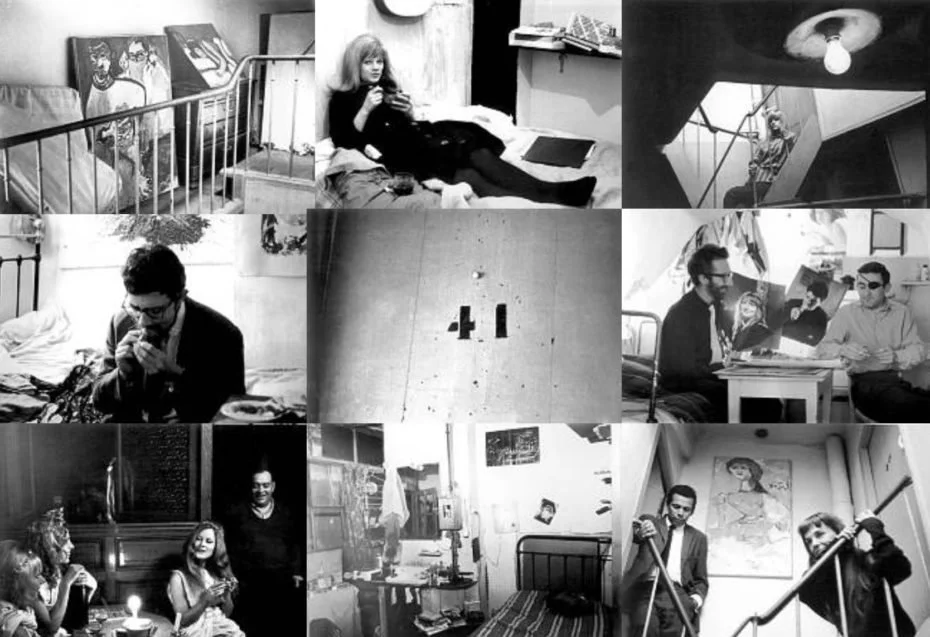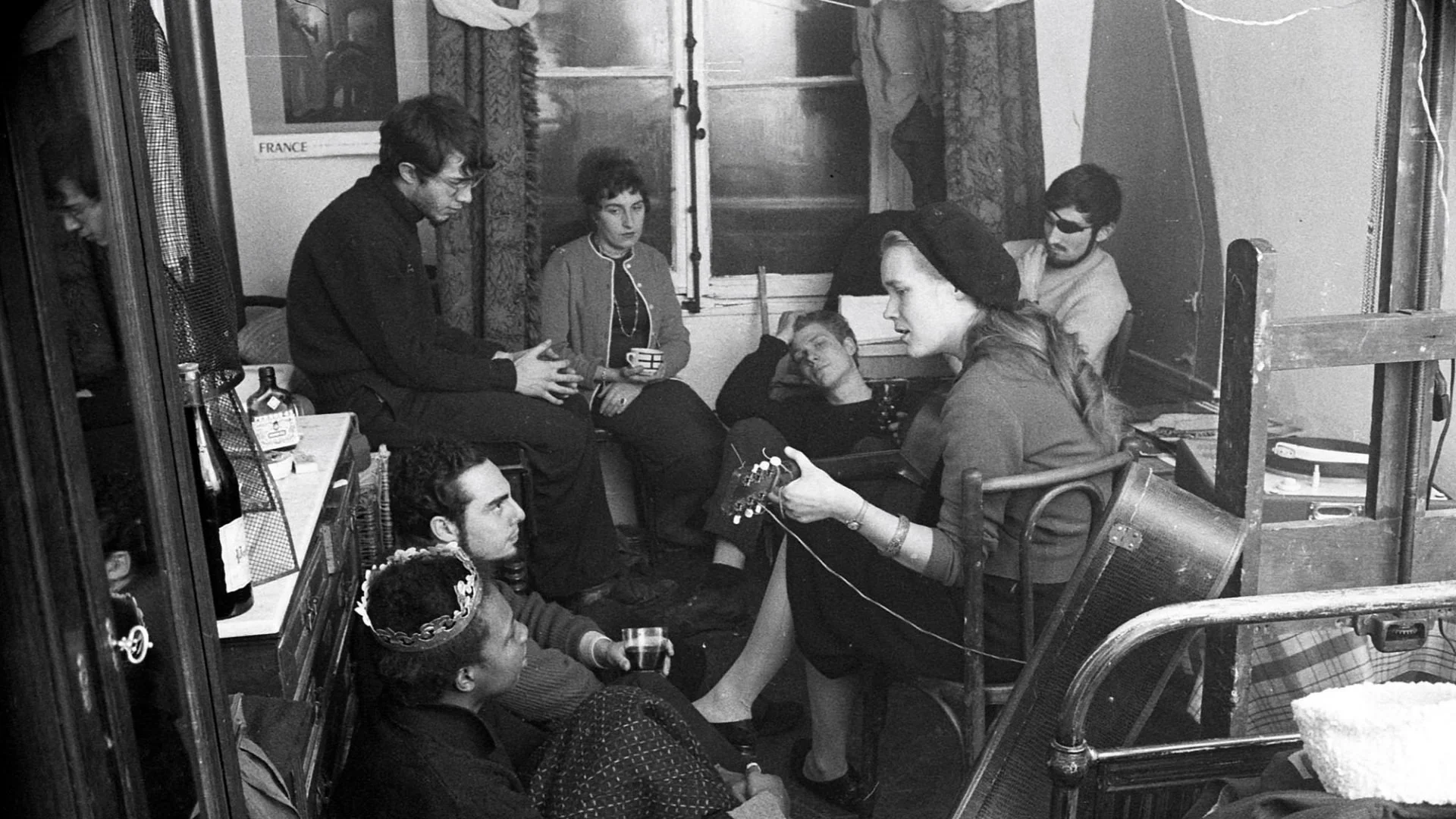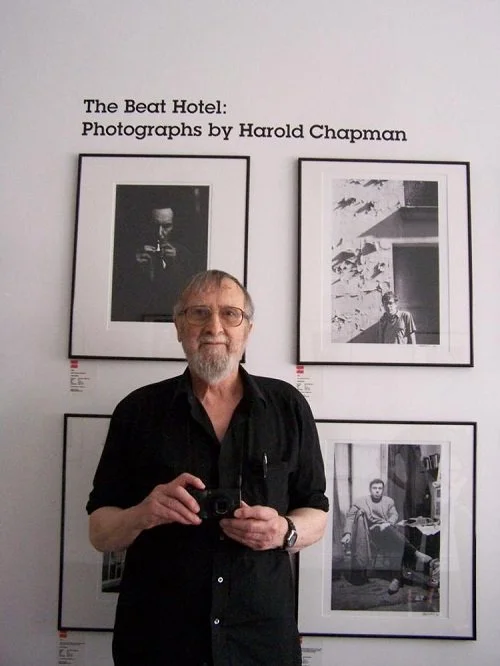Photographer of the Week: Harold Chapman
Inside the Beat Hotel of Parish
I have been loaned a photo book, Beats à Paris, by Harold Chapman. It has drawn into a Paris of smoky rooms, narrow stairwells, bohemian gatherings, and restless souls. At its heart is a man who lived among the creators he photographed—and whose quiet presence turned into one of the most indispensable visual records of the Beat generation.
A Quick Biography
Born: March 26, 1927, Deal, Kent, England
Died: August 19, 2022, aged 95
Self-taught from early days, Chapman was introduced to photography by his father and developed much of his craft by doing, experimenting, and wandering the streets with a camera.
In 1957, he moved into a small guesthouse on the Left Bank of Paris (later dubbed the Beat Hotel) and remained until its closure around 1963.
Beats à Paris
— More Than a Photo Book
Beats à Paris is not merely a collection of arresting portraits; it is a document of a creative milieu, a social archive, and a photographic study in intimacy and observation. It covers Chapman’s years at the Beat Hotel (roughly 1957–1963) when residents included Allen Ginsberg, Peter Orlovsky, William S. Burroughs, Gregory Corso, Brion Gysin, and others.
Chapman’s approach was unobtrusive. His images often feel like private glimpses—smoky corners, beds strewn with manuscripts, conversations half-heard, the cast of eccentric geniuses at work and at rest. The result is a layered portrait of a moment in time, of people lauded and forgotten, and of a Paris that no longer quite exists.
Bohemian Rhapsody: Inside the Beat Hotel - The New European
What Makes His Work Stand Out
1. Participant-observer style
He was not an outsider pointing a lens; he was there. Living in the same building, he shared their space, worked nights in a makeshift darkroom, and let the lives around him unfold.
2. Documentary honesty
Chapman resisted posed or staged imagery. He preferred to catch events as they happened, often in dim light, with shadows and grain: moods over perfection. Ginsberg once called him an “invisible” photographer.
3. Quiet wit and incongruity
Look closely, and you find curious juxtapositions—a cigarette stub, a teetering stack of newspapers, an almost absurd arrangement of props in cramped rooms. These asides suggest Chapman’s eye was often playfully analytical.
4. Legacy beyond the Beats
While the images from the Beat Hotel remain his most celebrated work, Chapman’s oeuvre is broader: street photography in Paris, later work in London (fashion, social reportage), portraiture, landscapes, and archival projects.
Why Beats à Paris Speaks to Me
I’ve been struck by how easily Chapman’s world dissolves the distance between subject and viewer. You don’t feel like you’re looking at a museum print—you feel like you’re glimpsing a late-night moment in a dusty stairwell, overhearing conversations and catching laughter that might just slip away.
His images remind me that photography doesn’t always have to be grand, posed, or heroic. It can live in the margins. It can be a quiet chronicling of lives lived intensely. And perhaps most of all, it can make us pause and wonder: who were these people, and what were they reading at 2 a.m.?
Harold Chapman (1927 - 2022)
View his work at: https://theomcgallery.com/artists/harold-chapman/


